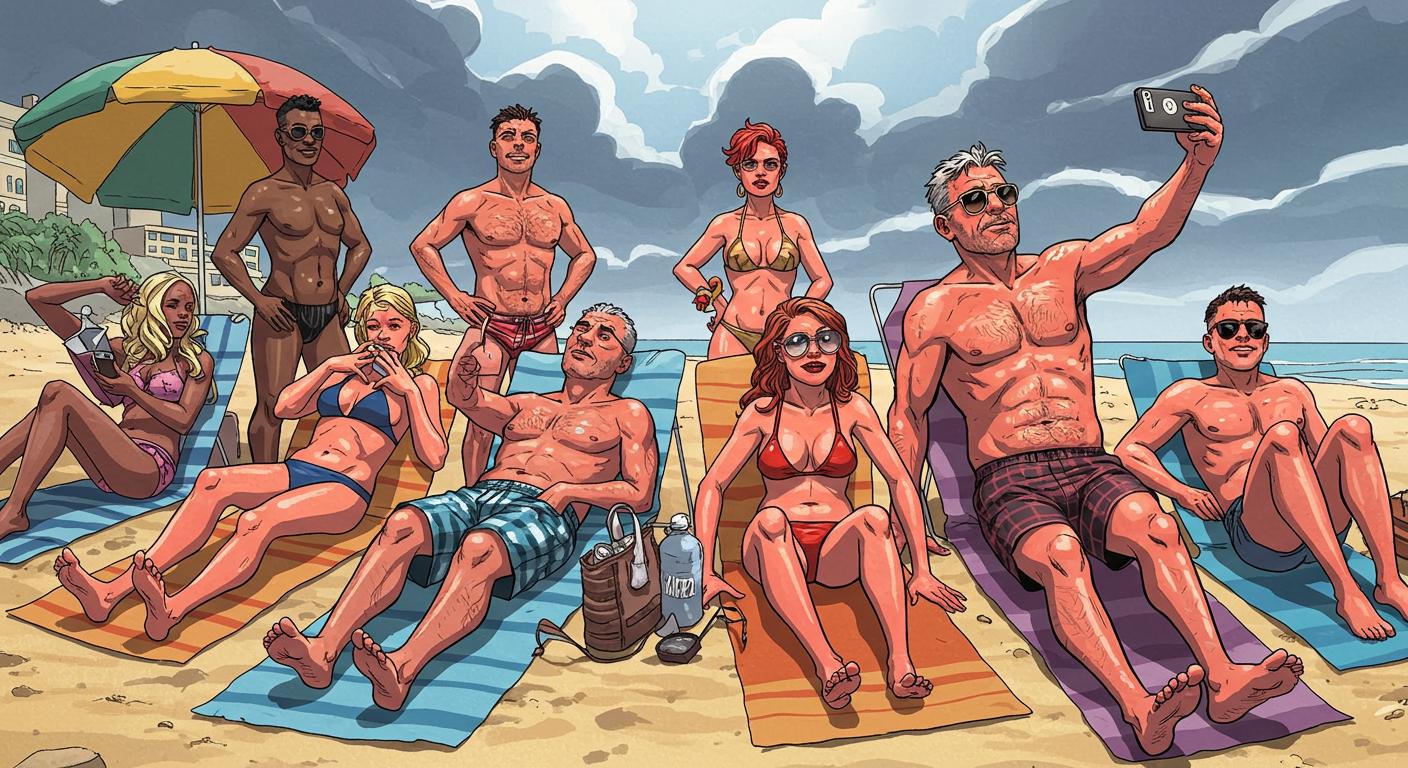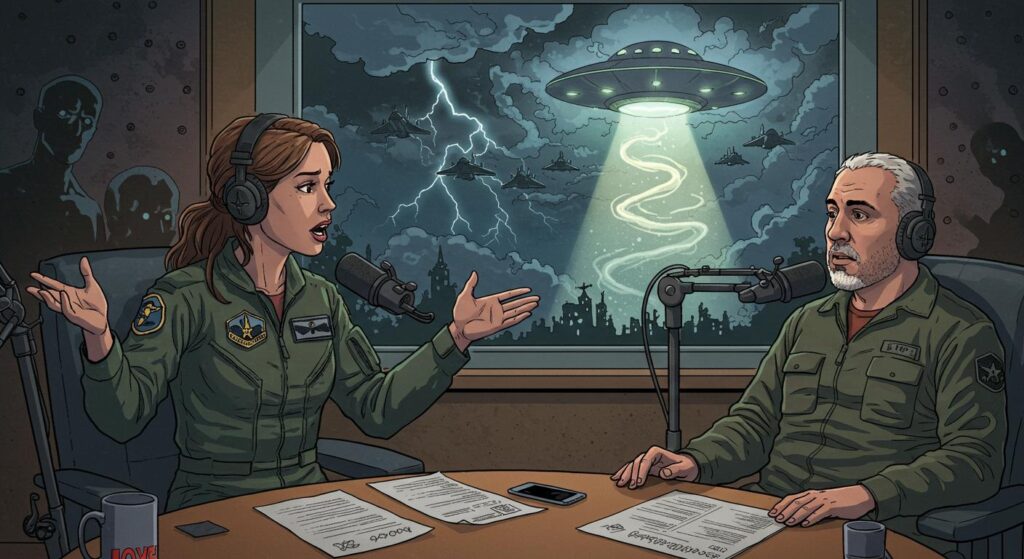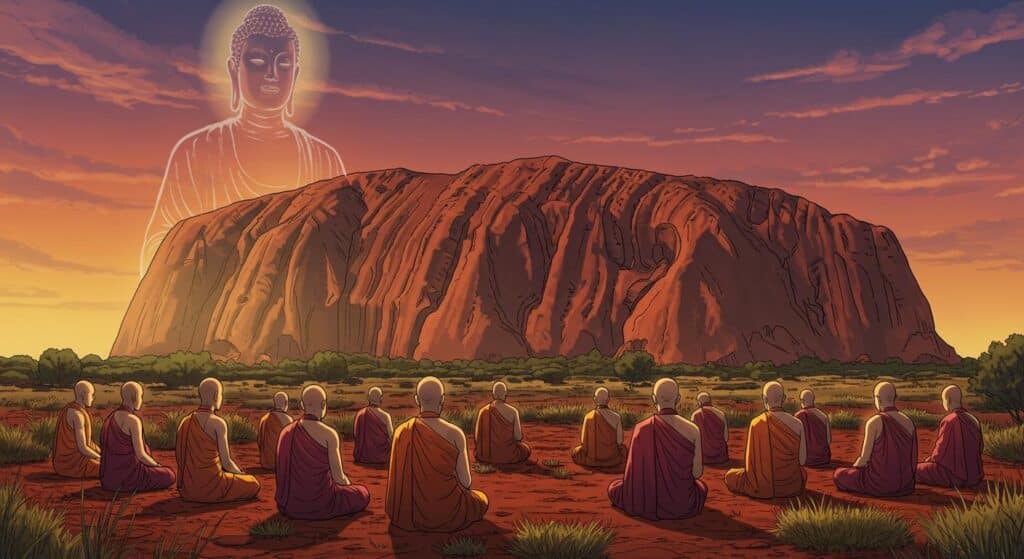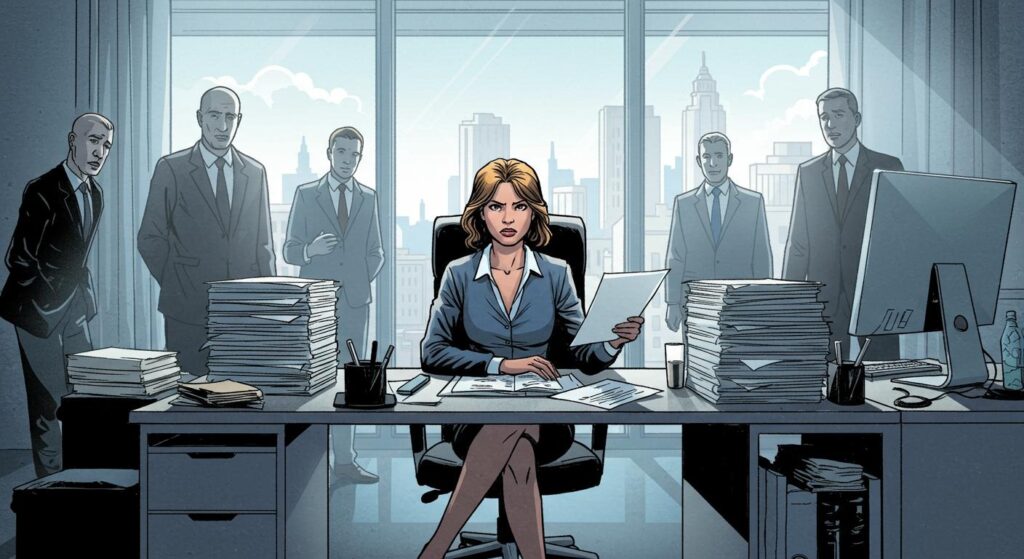With every new summer, the internet seems to deliver at least one trend that makes for a raised eyebrow or two—though rarely does the latest fad literally involve raising the skin’s surface temperature to the point of a burn. In a story that urged me to double-check the calendar, AGI reports that the “Sunburn challenge” has taken over some corners of social media, fueled by hashtags like #sunburnttanlines and clocking a jaw-dropping 200 million views. As trends go, it’s hard to beat the sheer peculiarity—and, frankly, the chutzpah—of posting proud photos of one’s sunburn.
Sunburn as Social Currency
The mechanics are, somehow, both simple and baffling. Young people, lured by online validation and the ever-hungry “challenge” format, are deliberately forgoing sunscreen and sharing the ensuing lobster-red results. As AGI highlights, this isn’t just a fringe activity; platforms like TikTok, Instagram, and YouTube have witnessed a flood of related posts, turning those telltale pink lines into social badges of daring for thousands. The dynamic, as described by the outlet, is driven by visibility—likes, comments, and the competitive urge to push boundaries further with each new post. Mixed in is the relentless human desire to belong, only now amplified by group pressure and that familiar digital affliction: the fear of missing out.
Curiously, one participant in a widely circulated video stated, “Sometimes you have to show you’re not afraid to stand out—even if it means a little pain.” That classic mix of bravado and questionable decision-making feels, if nothing else, familiar in the age of viral trends.
The Risks—Old News With a New Hashtag
Decades of public health messaging have established that intentional sunburn is, scientifically speaking, about as advisable as juggling kitchen knives in the dark. AGI underscores the well-documented risks, pointing out that exposure to UVA and UVB rays, especially without protection, dramatically increases the chance of skin cancers. This concern is especially acute for younger people: the report stresses that repeated sunburns in youth are linked to a significantly higher lifetime risk of developing skin tumors. Despite the ubiquity of this information, the viral nature of social media seems to have a powerful gravitational pull, dragging knowledge and caution out to sea with the tide of short-lived internet fame.
As AGI details, the “Sunburn challenge” sets itself apart from older trends like the cinnamon or tide pod challenges by demanding a more sustained—and potentially harmful—act. The ritual isn’t a one-off dare but encourages hours of exposure for a photograph. What’s the pitch session for this supposed to sound like? “Sun’s out, SPF is canceled, let’s make medical history?”
Institutional Alarm Bells
Italy’s consumer group Codacons was among the first to raise concerns formally, contacting the nation’s health ministry as the trend grew. AGI notes that Alessio Nardini, director general of the Department of Human Health, issued an official statement announcing new measures to counteract the trend and safeguard public health. Authorities emphasized not only the physical dangers but also the knock-on effects for mental health: living in an always-on carousel of risky stunts and curated perfection can spiral into anxiety, depression, or chronic insecurity. Grouped together in AGI’s report is the idea that today’s digital challenge isn’t simply sunburn, but the feedback loop of instant validation and belonging—which, paradoxically, can become isolating.
Reflections From the Shady Side
There’s both humor and unease in seeing sunburn marked as a trophy—something once considered the unfortunate price of a long day outside now recast as a sought-after social calling card. Documenting our willingness to flirt with limits isn’t exactly new (see: every childhood dare), but the velocity and reach of these trends in the age of algorithms is something else.
Is it all just youthful experimentation dressed up in the latest filter, or a sign that our digital lives now outshine our better judgment? Somewhere between the scroll and the sunscreen aisle, the answer might just be lurking. Either way, the fact that “sunburn as flex” is now a headline probably says as much about social media as it does about the sun.







